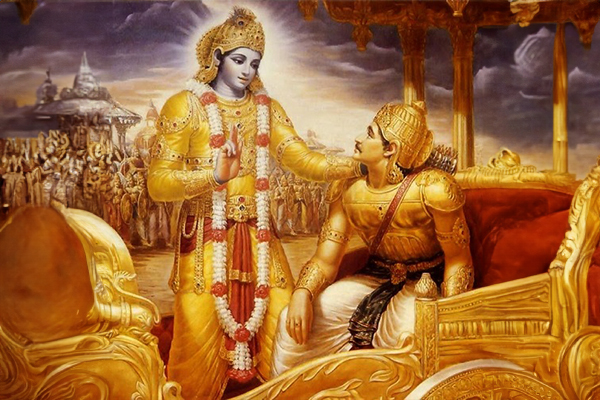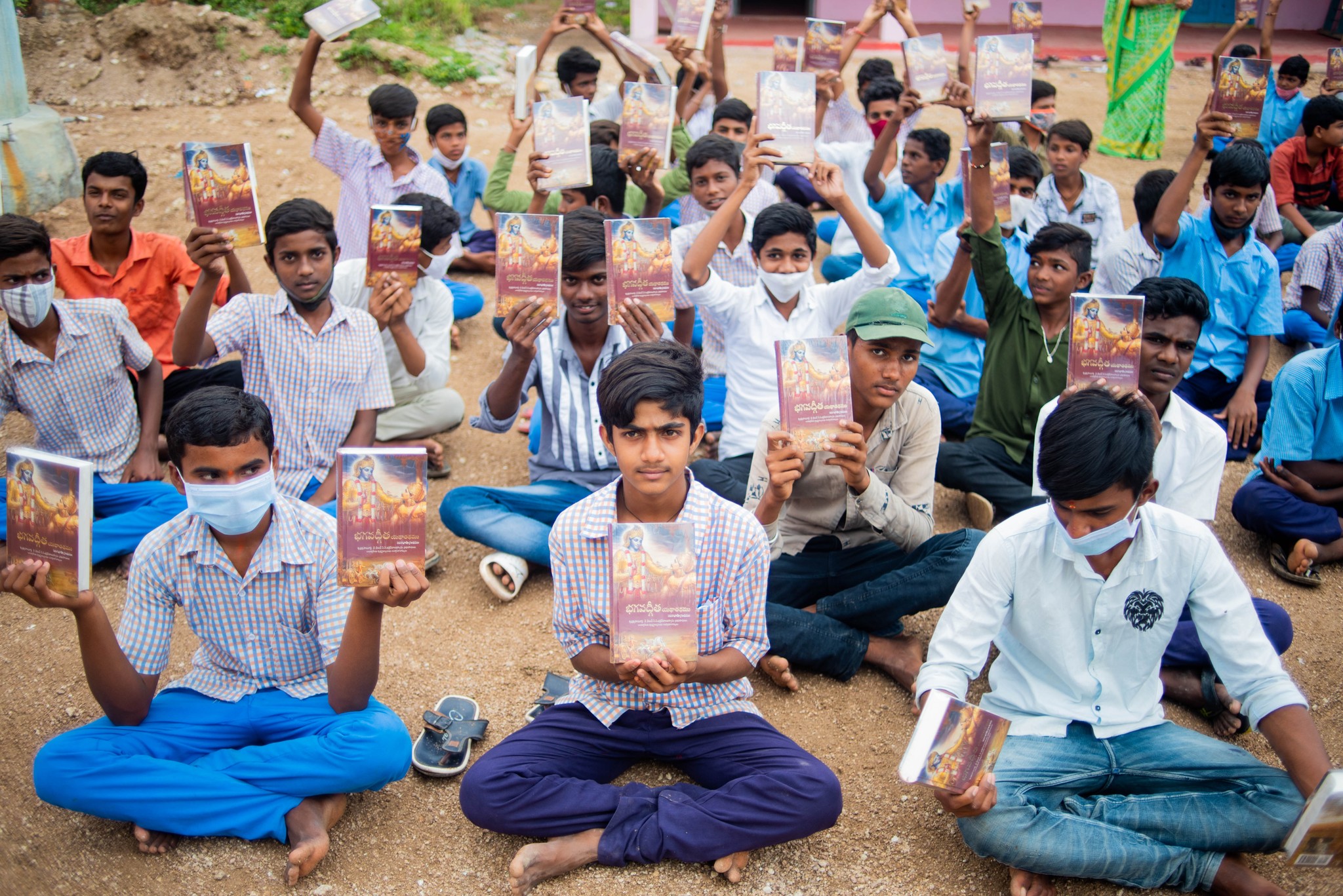ISKCON Sankhari celebrates numerous festivals throughout the year, each marking significant events in the lives of Lord Krishna and His devotees. These festivals are occasions for spiritual renewal, devotional service, and joyful celebration.

Ram Navami is a Hindu festival that celebrates the birth of Lord Rama, the seventh avatar of Lord Vishnu. This auspicious day falls on the ninth day of the Chaitra month (March-April) in the Hindu calendar. Lord Rama is revered for his righteousness, courage, and devotion to dharma.
Devotees observe fasting until noon and engage in devotional activities throughout the day. The temple is decorated beautifully with flowers and lights, creating a divine atmosphere. Special prayers are offered for peace, prosperity, and spiritual progress.



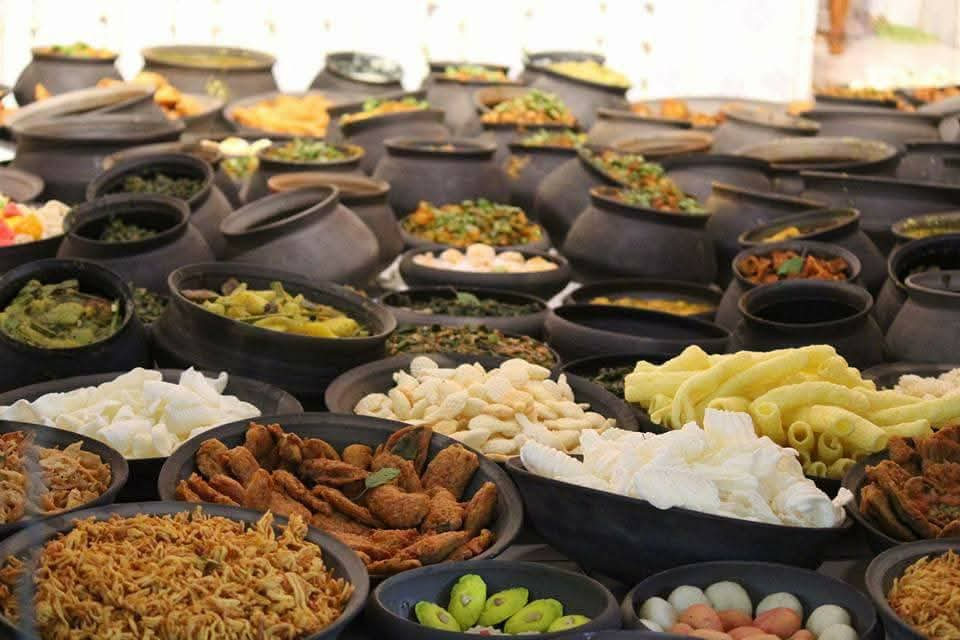
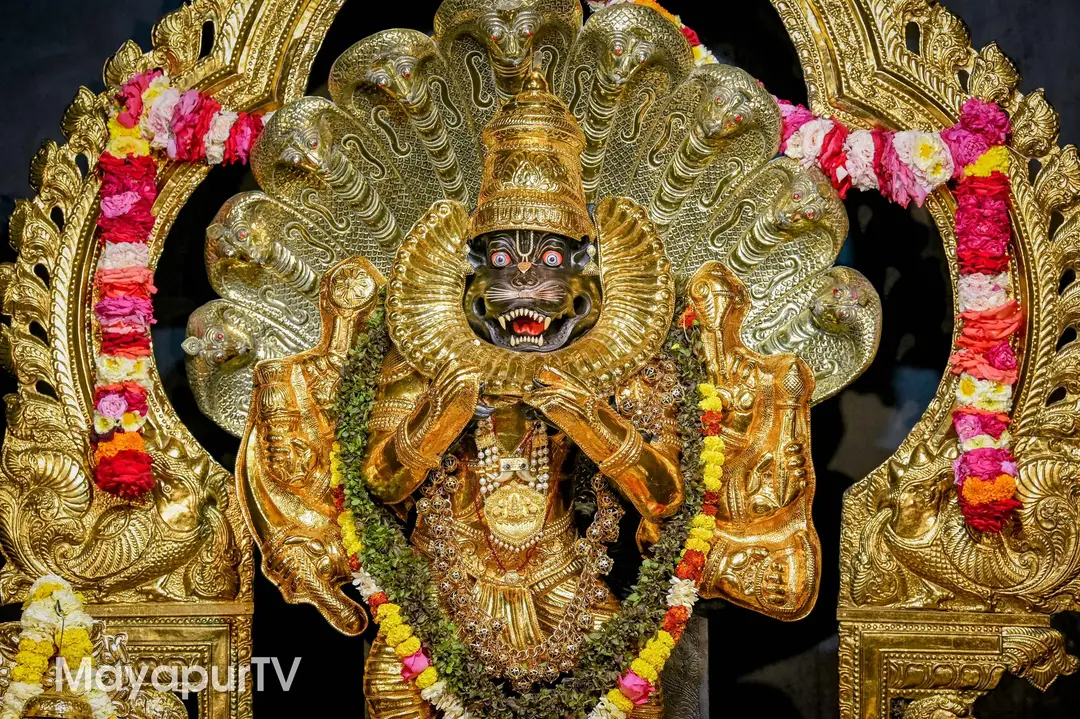
Narsimha Chaturdashi commemorates the appearance day of Lord Narsimha, the half-man, half-lion incarnation of Lord Vishnu who appeared to protect His devotee Prahlada and destroy the demon Hiranyakashipu. This festival falls on the fourteenth day of the waxing moon in the month of Vaishakha (April-May).
Devotees observe fasting and engage in intense devotional practices. The temple resonates with the chanting of the powerful Narsimha mantras, creating a spiritually charged atmosphere. Special prayers are offered for protection from enemies and negative influences.
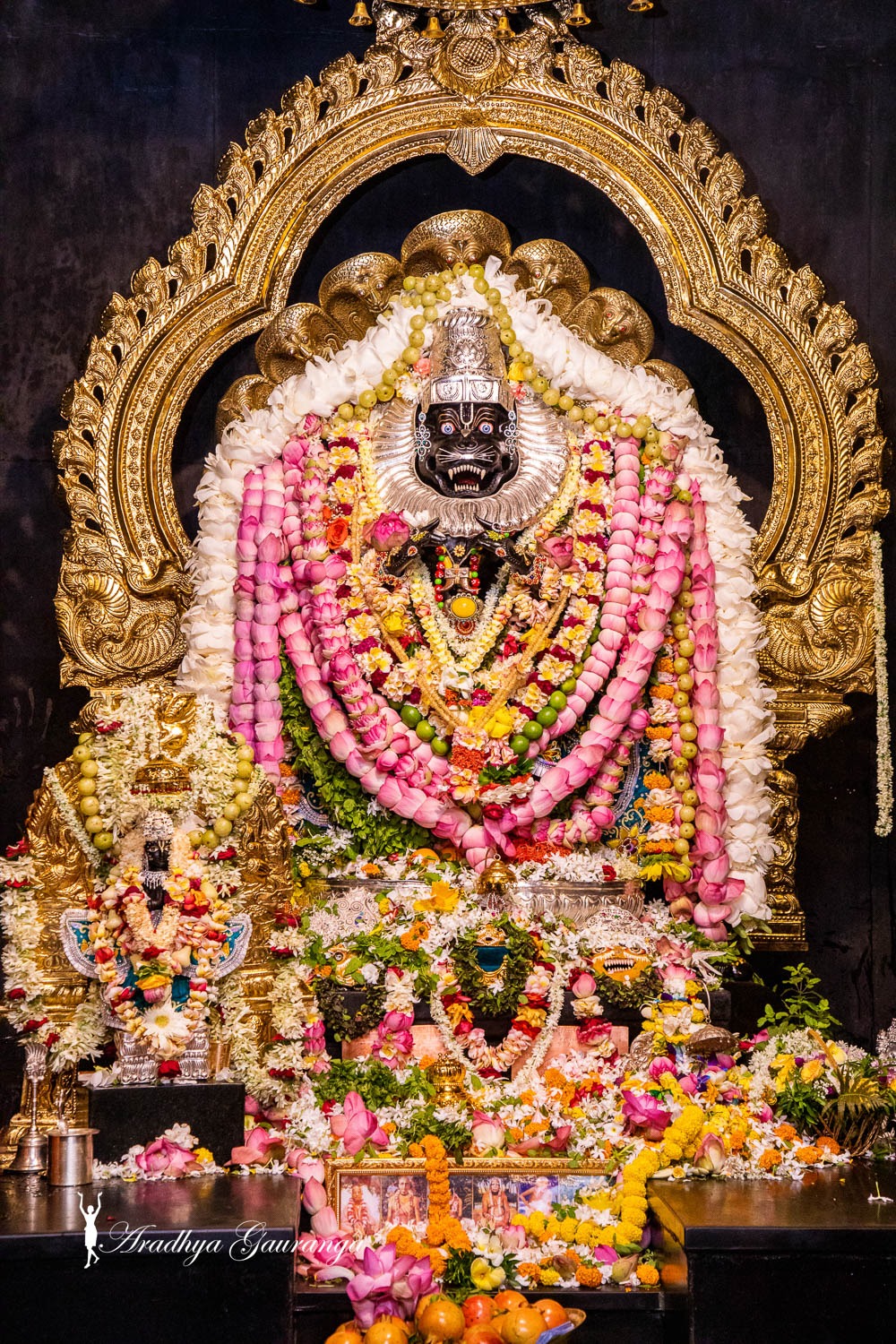
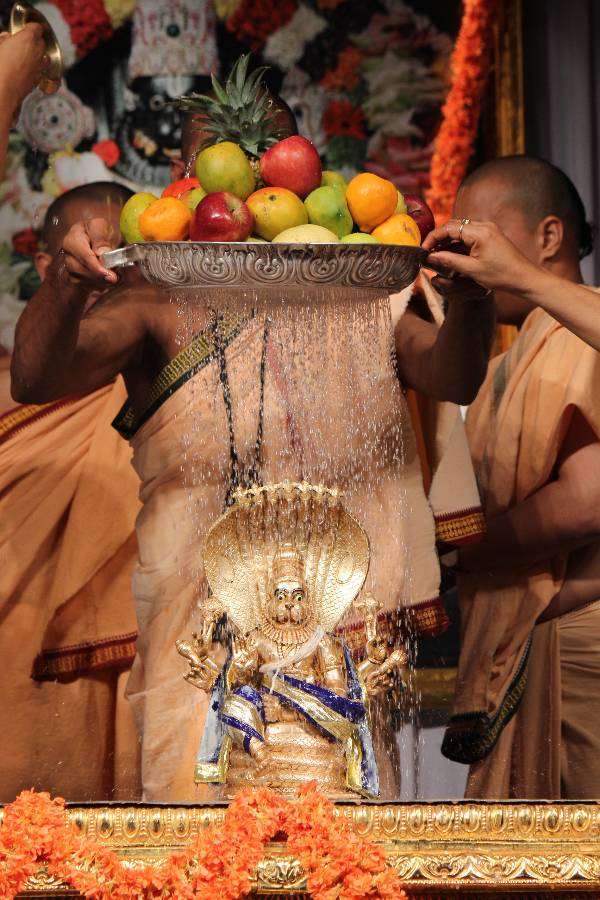
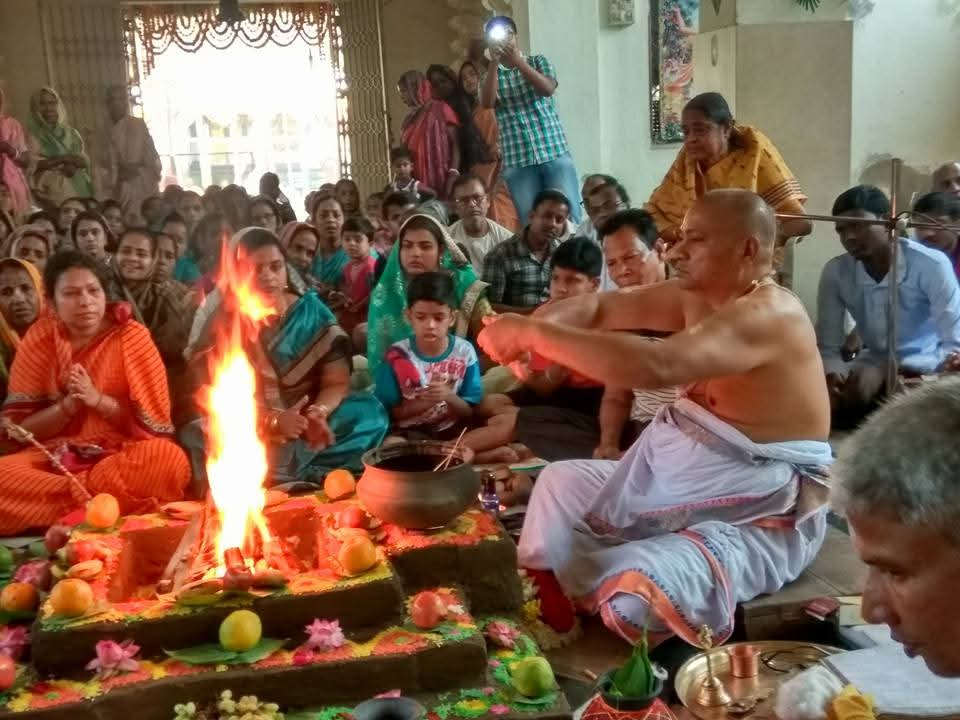

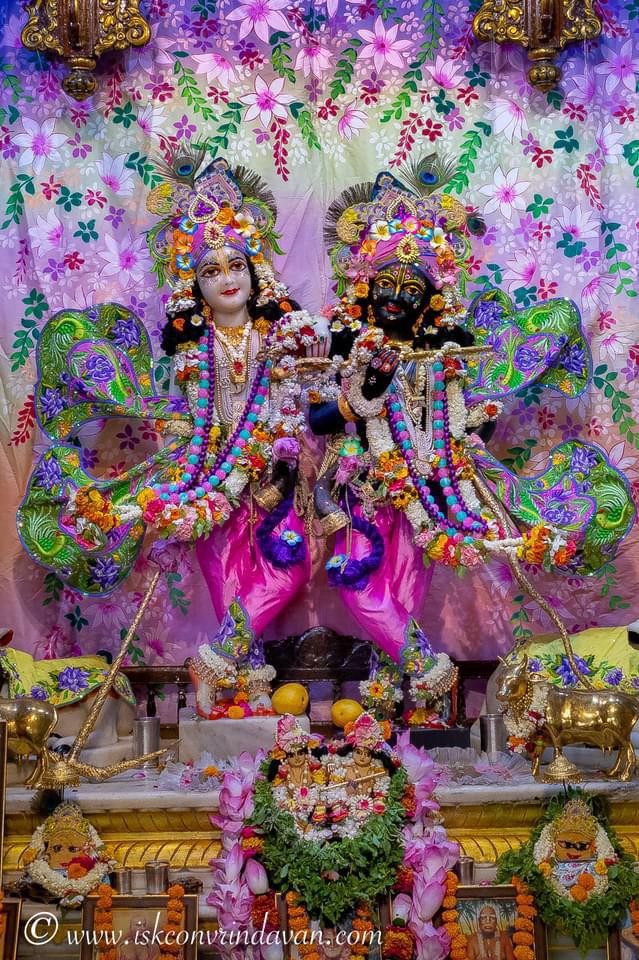
Balaram Jayanti celebrates the appearance day of Lord Balaram, the elder brother of Lord Krishna and incarnation of Ananta Shesha. This festival occurs on the full moon day of the month of Shravana (July-August). Lord Balaram represents spiritual strength and is the original spiritual master.
Devotees observe fasting and engage in devotional service with special emphasis on guru-seva. The temple is decorated with agricultural motifs representing Balaram's connection with farming. Special prayers are offered for spiritual strength and guidance.
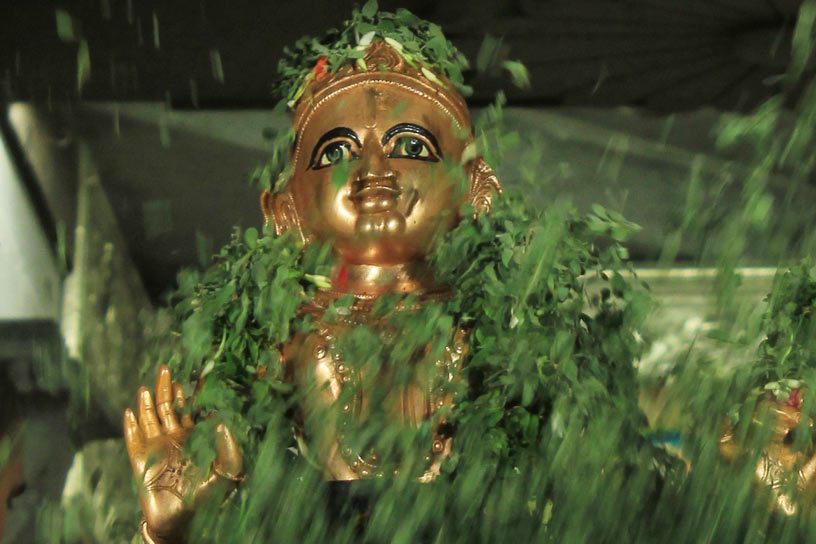
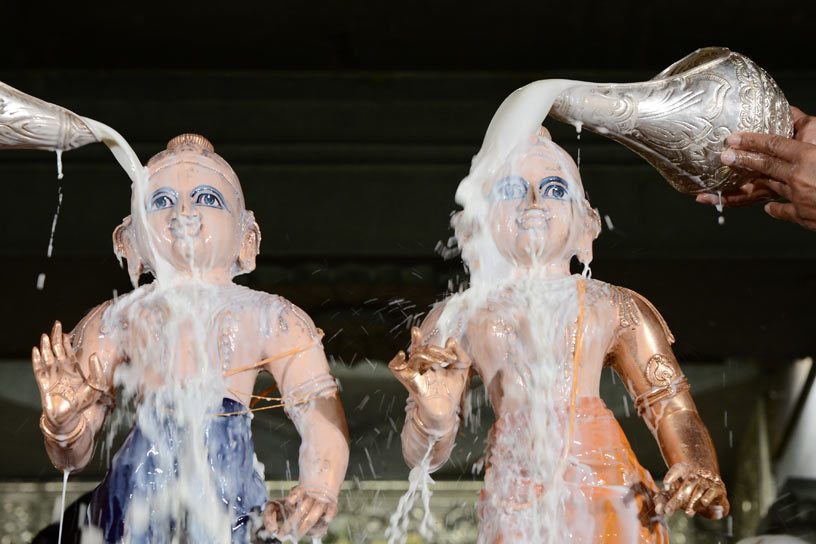
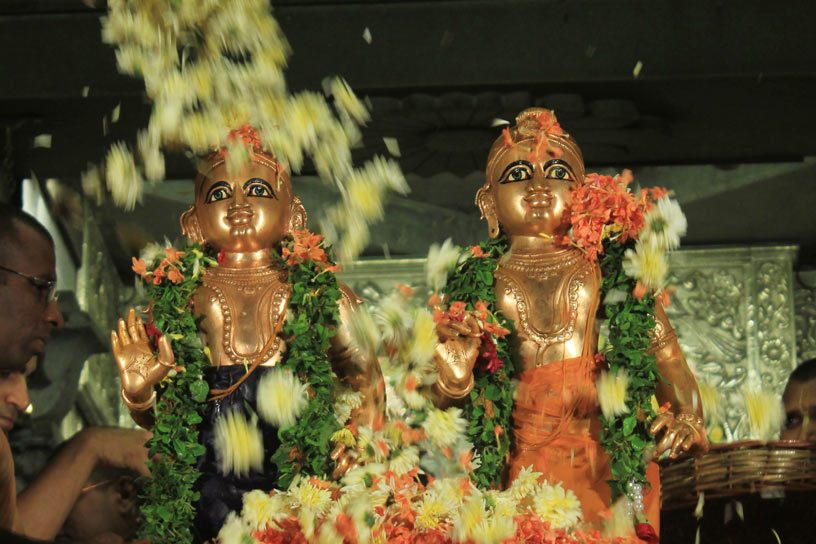

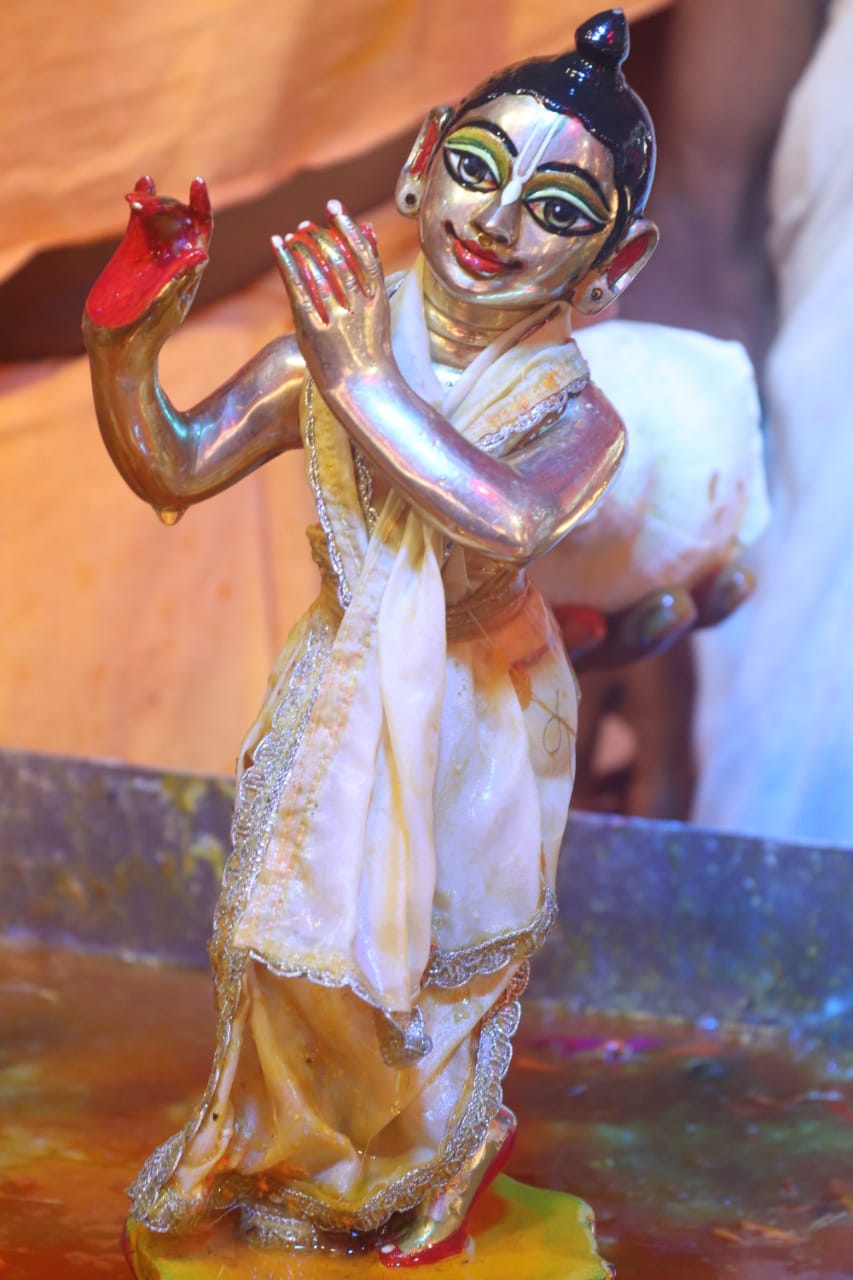
Janmashtami is the most important festival for ISKCON, celebrating the appearance of Lord Krishna in this world. It falls on the eighth day of the dark fortnight in the month of Bhadra (August-September). Nandoutsav, celebrated the next day, commemorates the joyous celebrations in Gokula when Nanda Maharaja distributed gifts to all the residents.
The temple remains open throughout the night with continuous kirtan and devotional programs. Devotees decorate their homes and the temple with flowers, lights, and rangoli. Special emphasis is placed on chanting the holy names and hearing Krishna's pastimes.
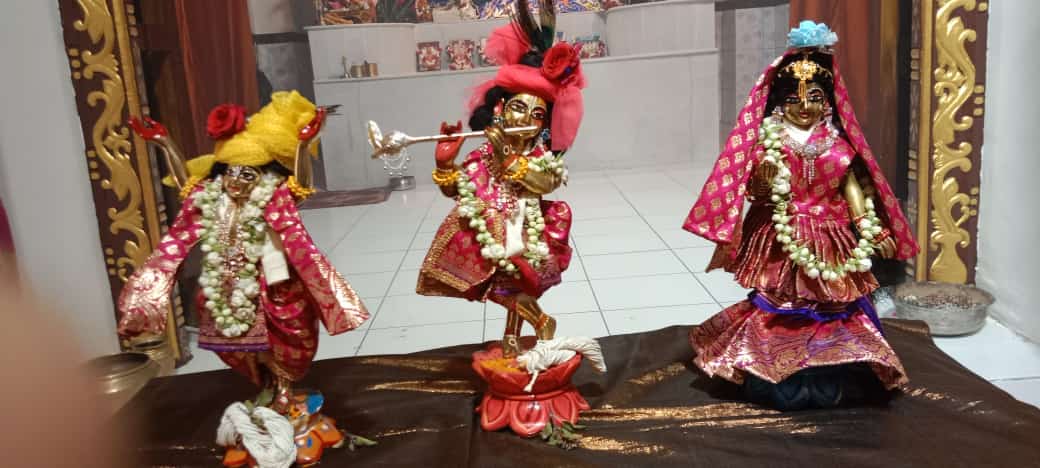
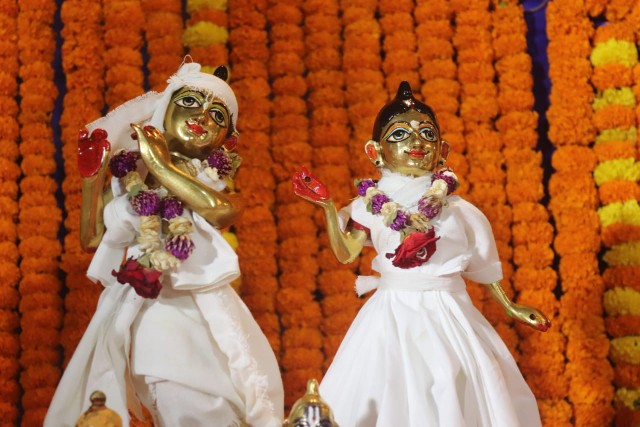
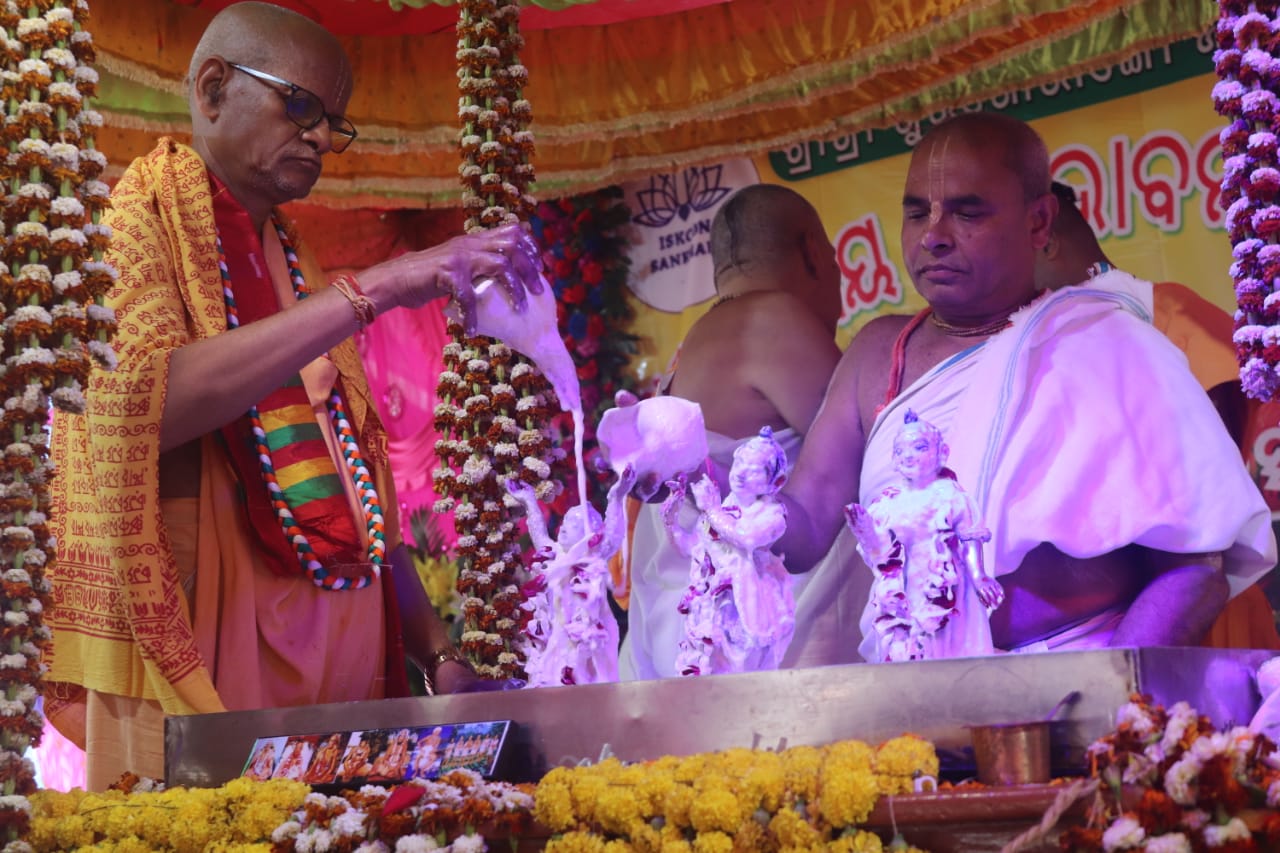
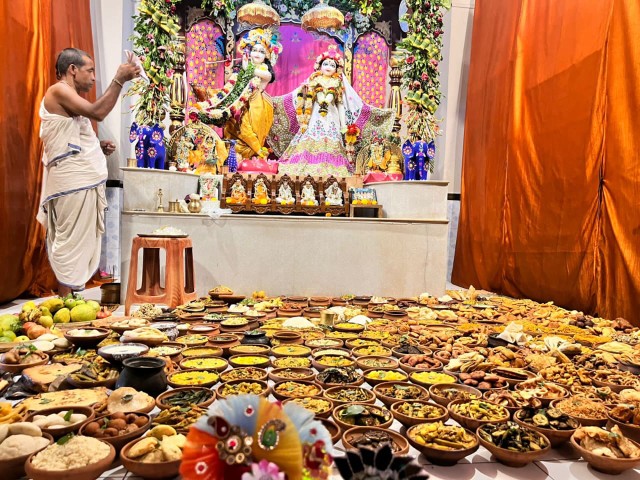
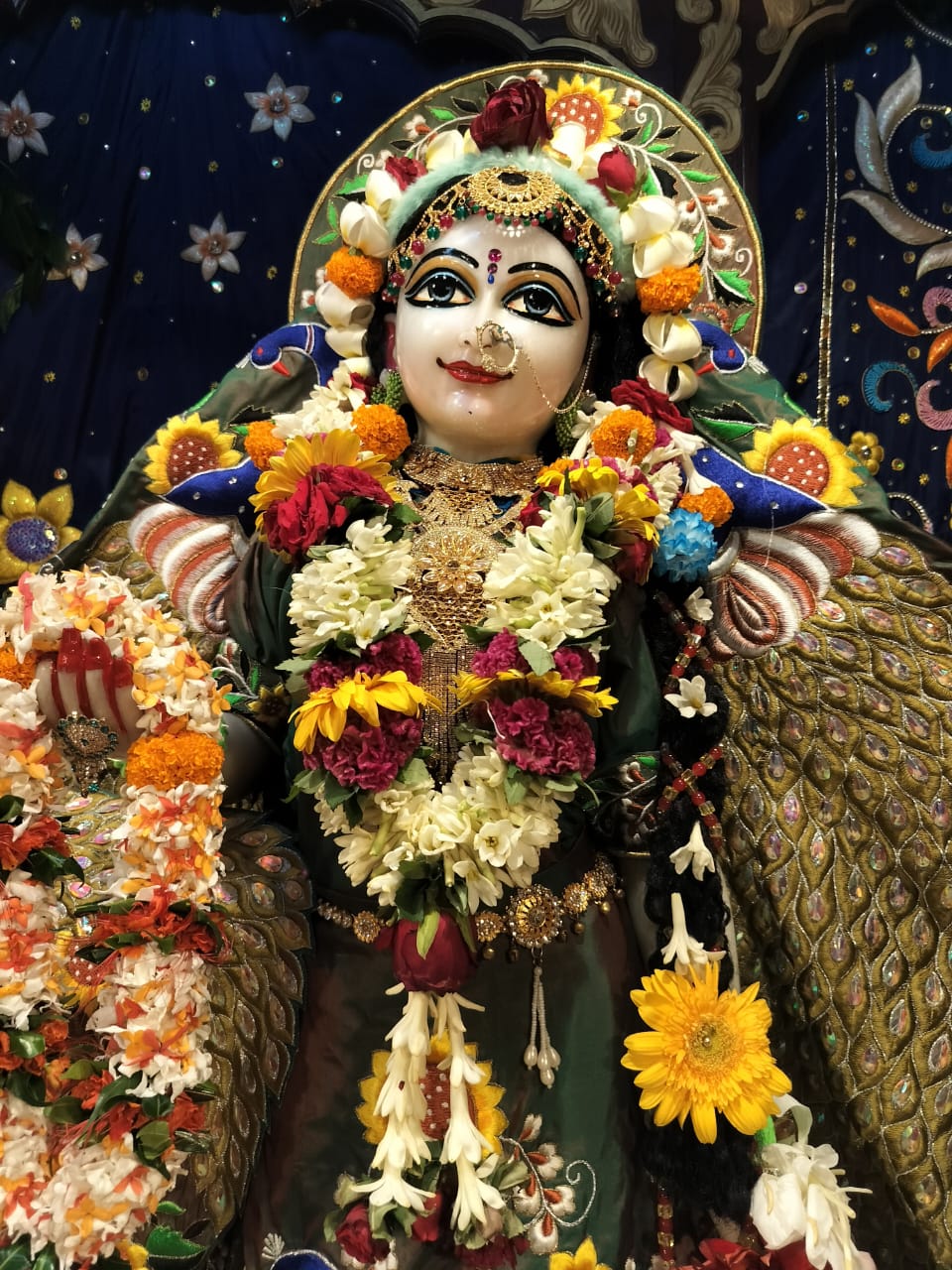
Radhastami celebrates the appearance day of Srimati Radharani, the eternal consort of Lord Krishna and embodiment of divine love. This festival occurs on the eighth day of the bright fortnight in the month of Bhadra (August-September). Radharani represents the highest level of devotion and love for Krishna.
Devotees observe fasting and engage in devotional service with special emphasis on developing love for Radha and Krishna. The temple is decorated with fragrant flowers and colorful decorations. Special prayers are offered for developing pure devotion.
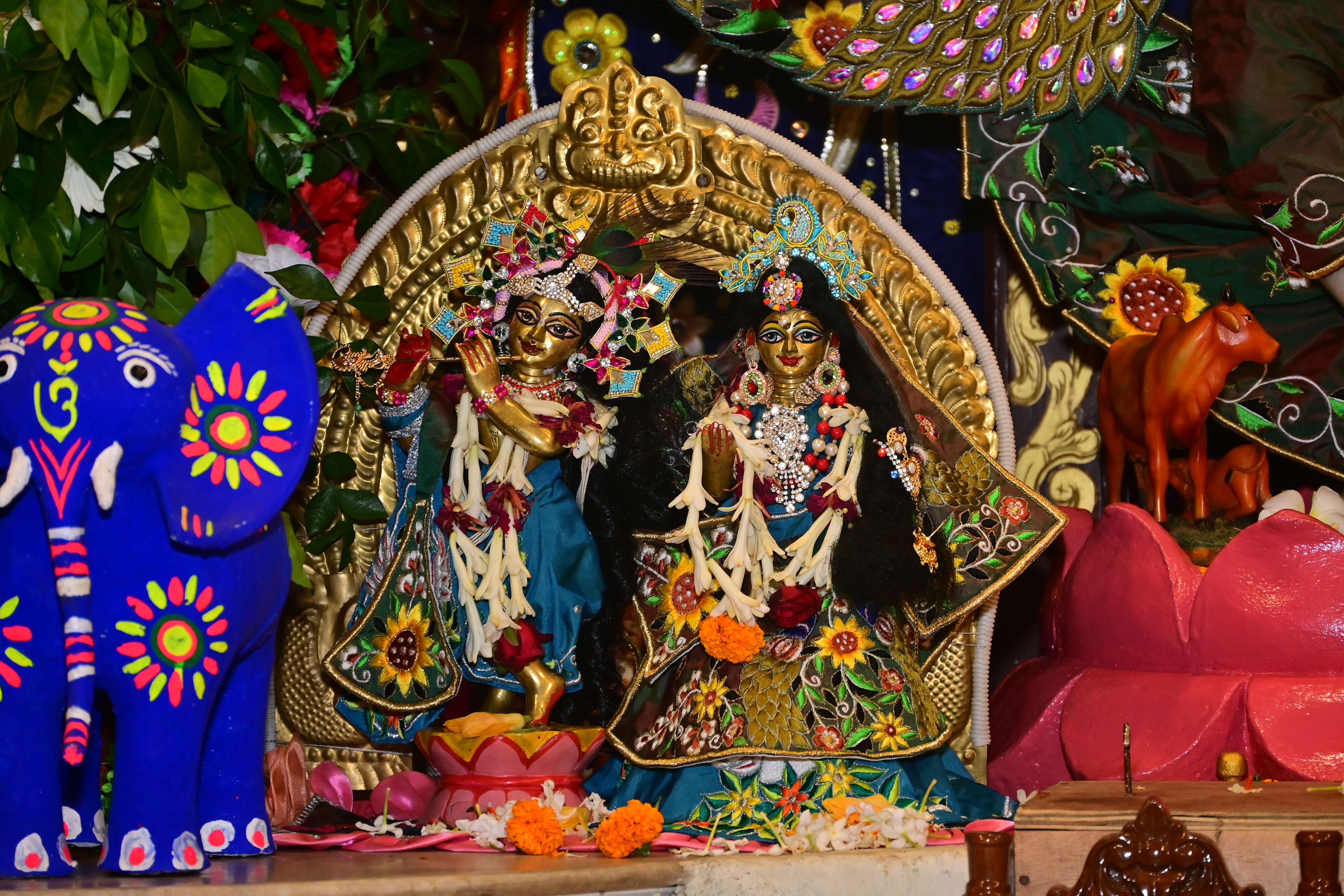

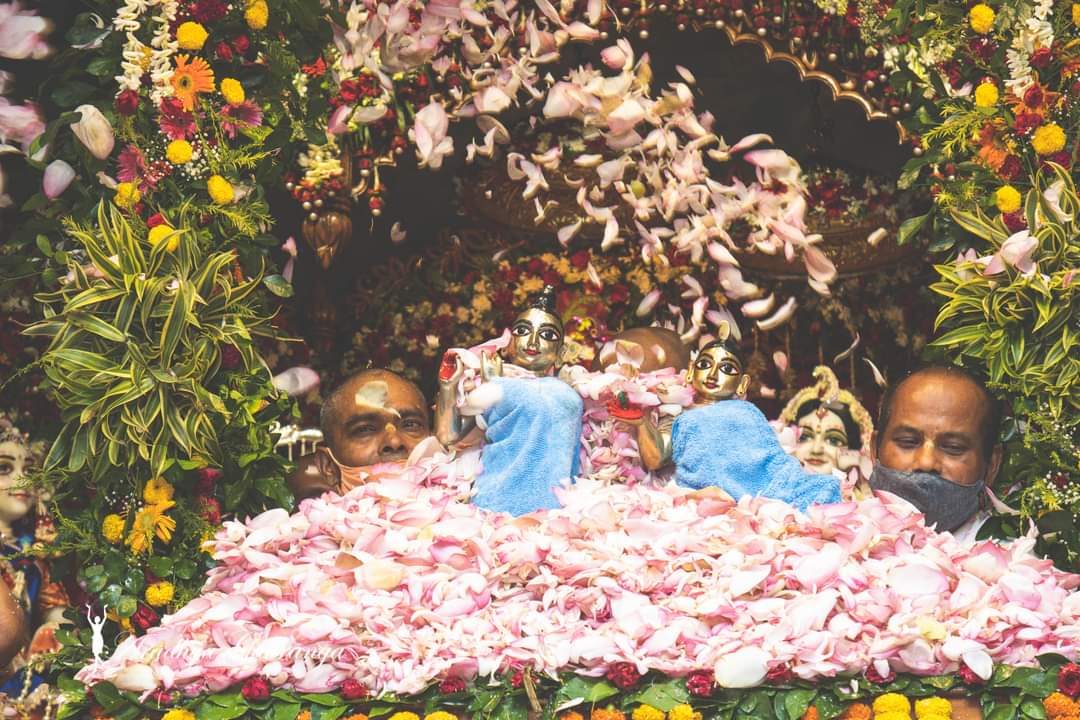
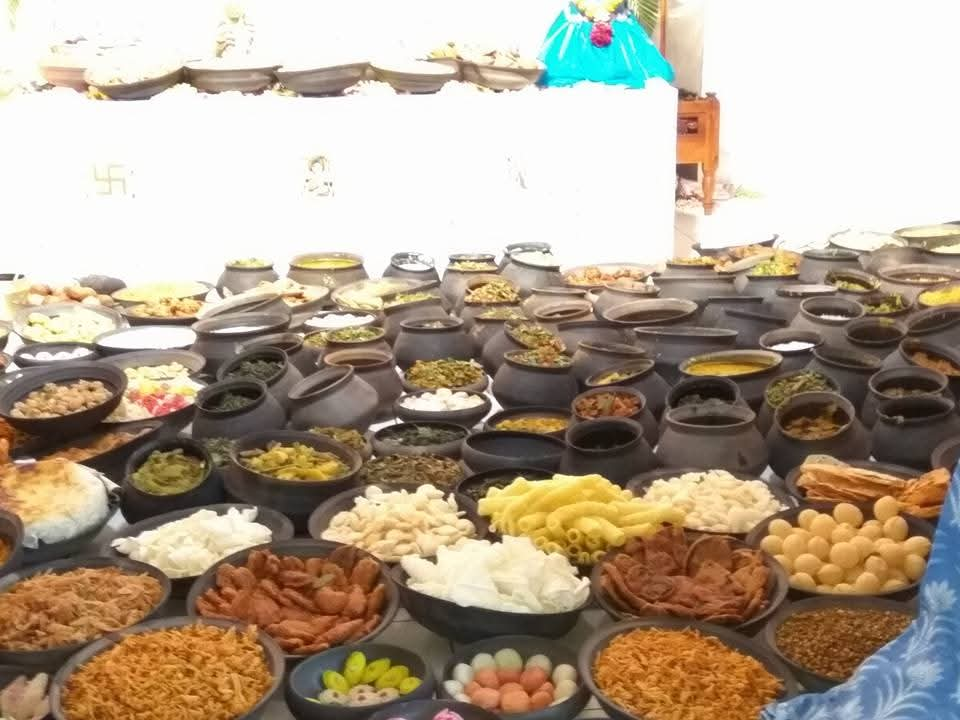
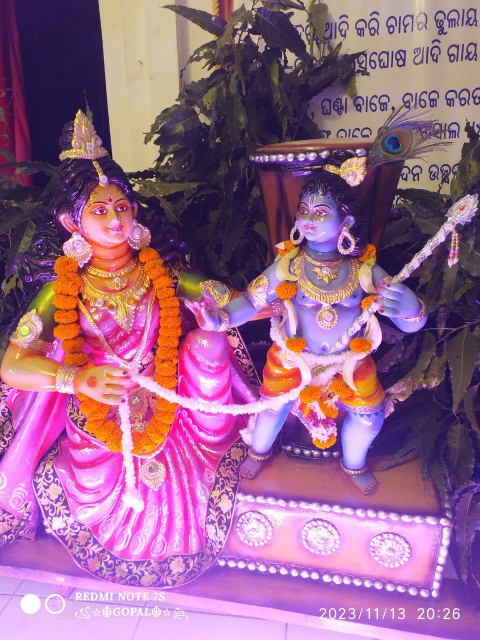
Damodara month is a special period in the Hindu calendar (October-November) dedicated to the worship of Lord Krishna in His Damodara form - where Mother Yashoda bound Him with ropes to a grinding mortar. This month emphasizes simple, childlike devotion to the Lord.
Devotees observe special vows and increase their devotional practices during this month. The temple is decorated with simple, homely decorations reminiscent of Vrindavan. Special prayers are offered for developing pure love for Krishna.


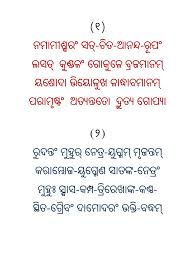
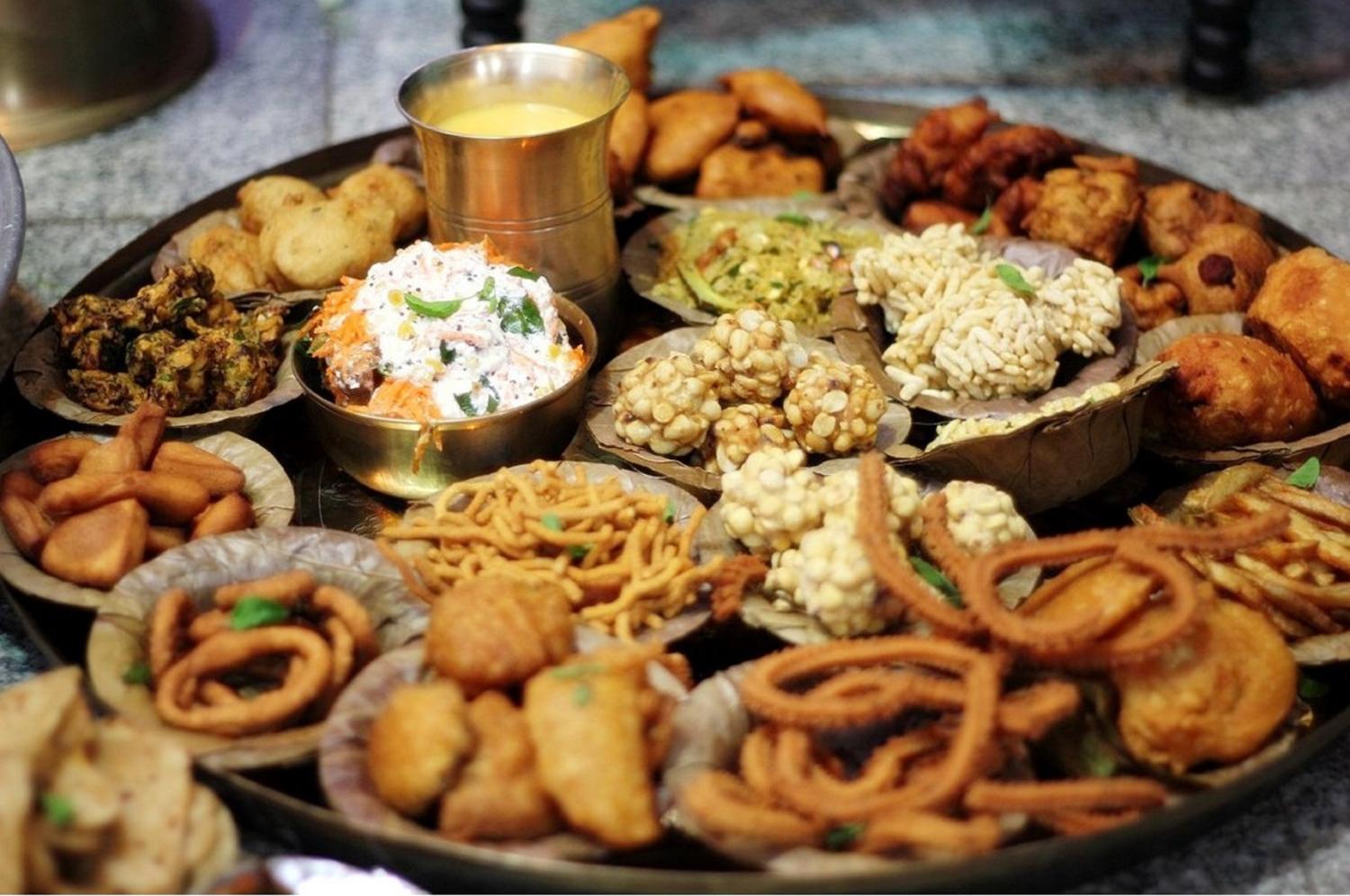
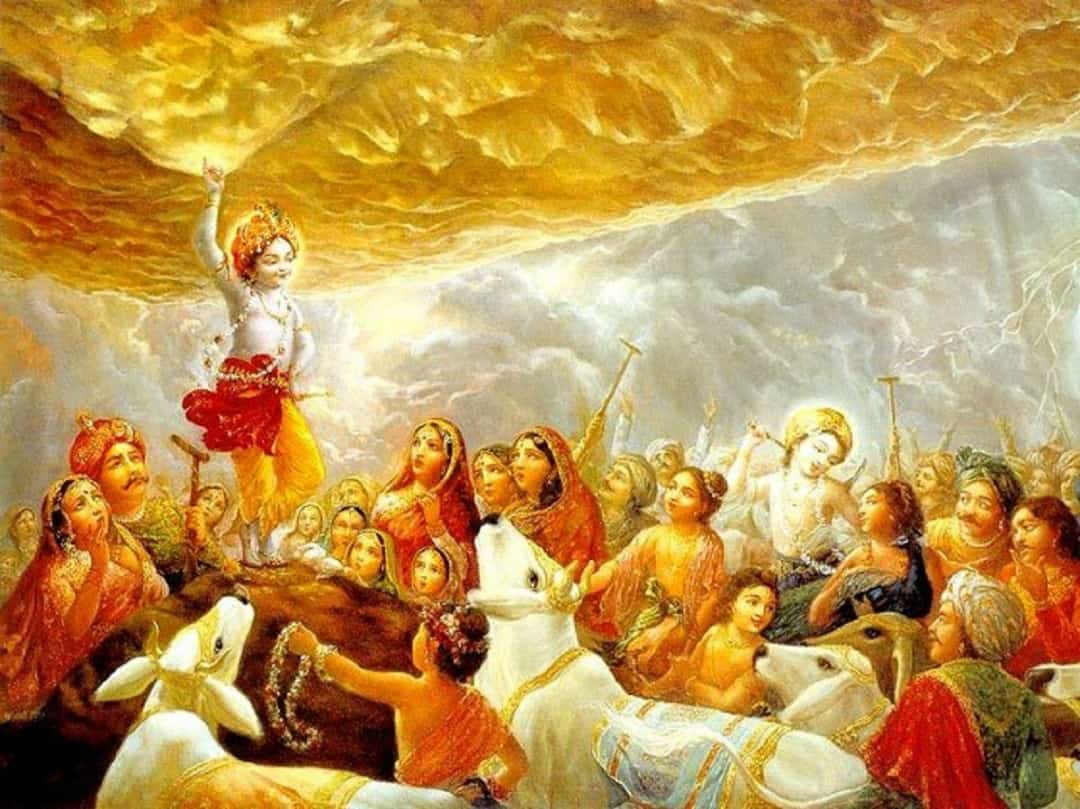
Govardhan Puja commemorates Lord Krishna's pastime of lifting Govardhan Hill to protect the residents of Vrindavan from Indra's wrath. This festival occurs on the first lunar day of the bright fortnight in the month of Kartika (October-November), the day after Diwali.
Devotees prepare elaborate food offerings arranged in the shape of Govardhan Hill. The temple is decorated with cow motifs and pastoral scenes from Vrindavan. Special prayers are offered for protection and gratitude for nature's gifts.
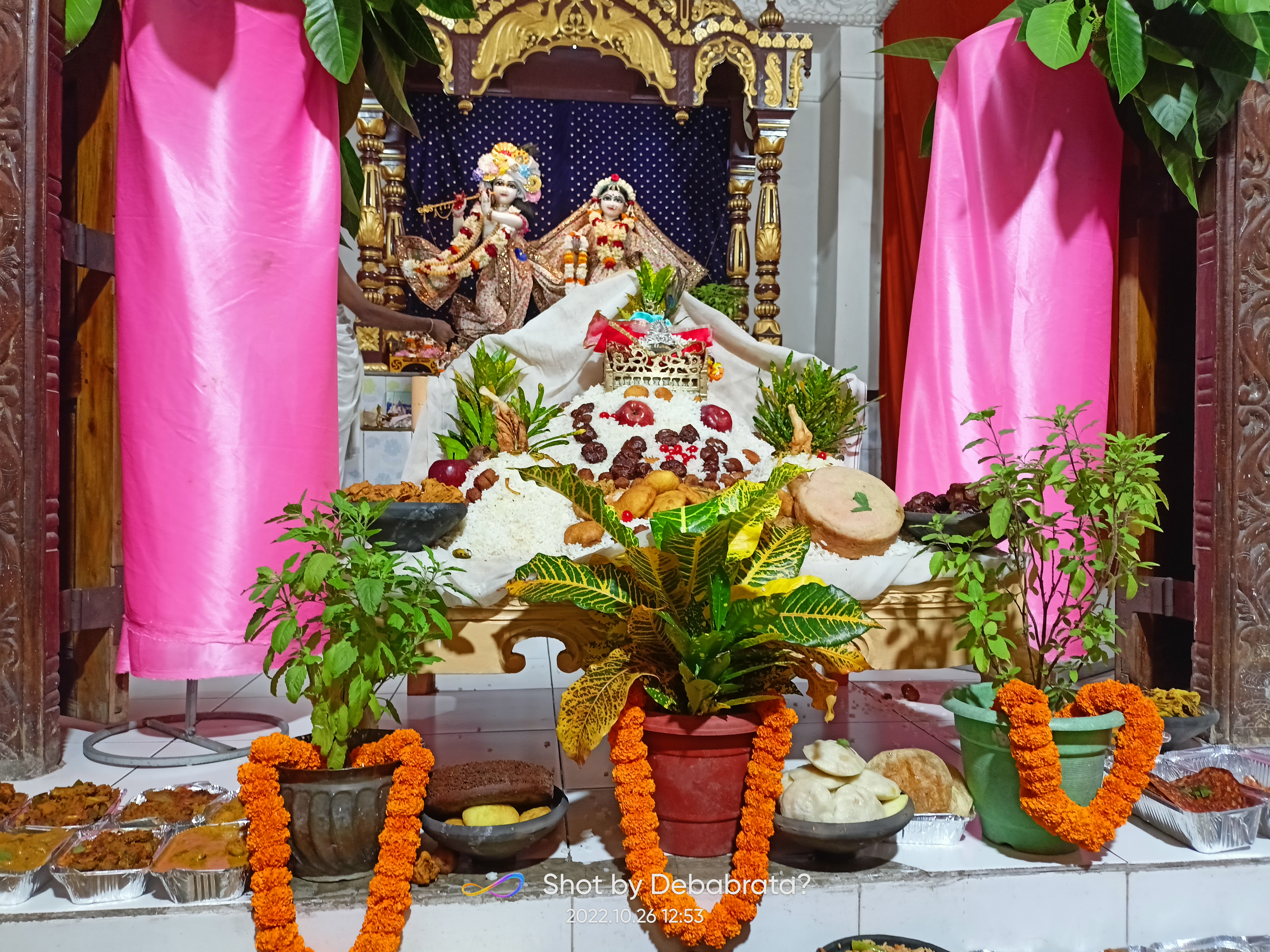

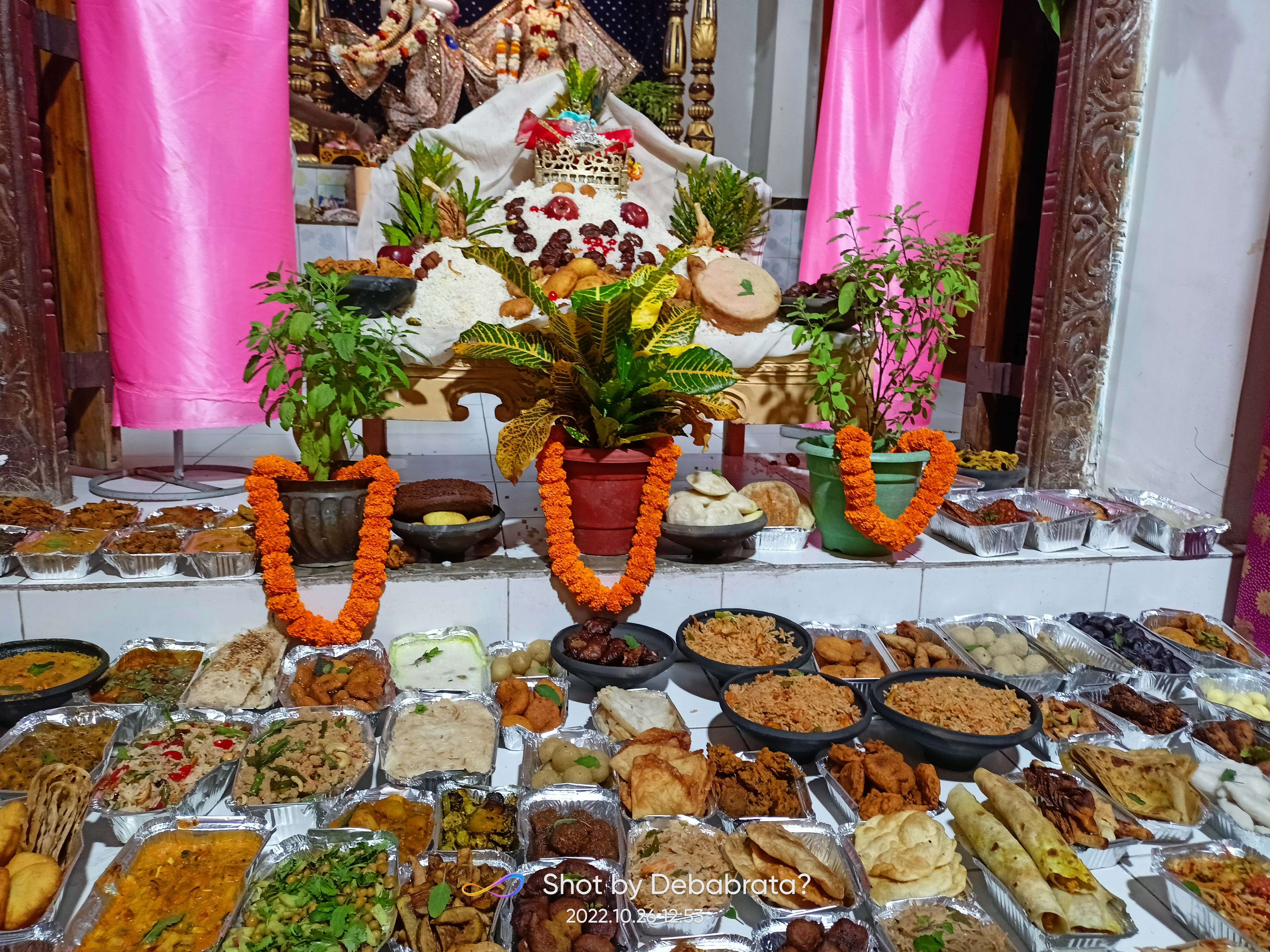
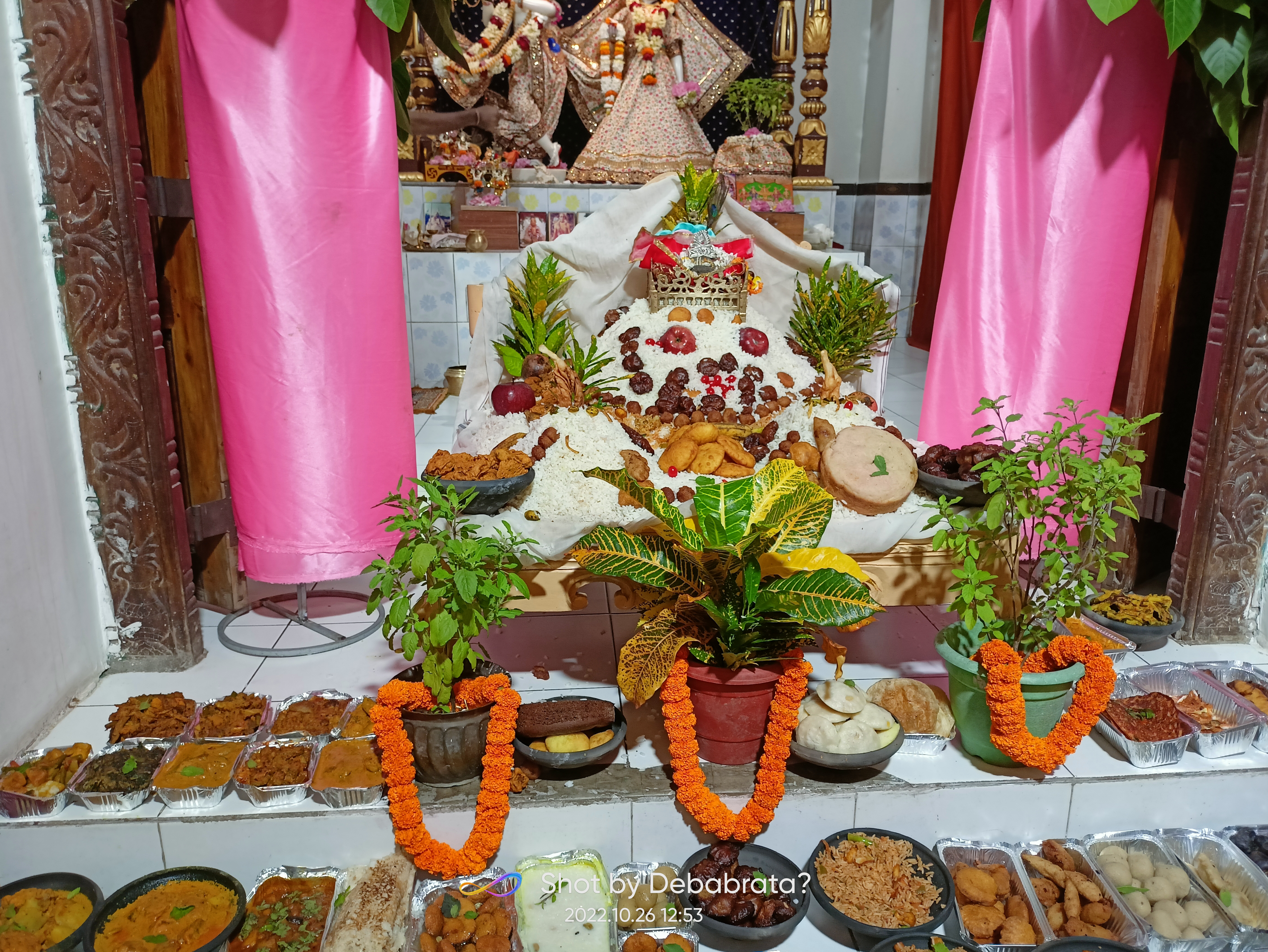
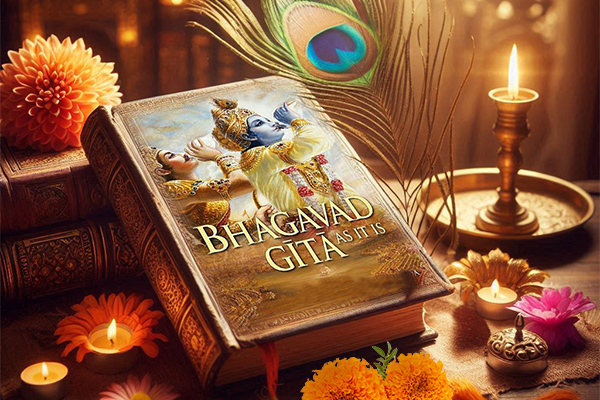
Gita Jayanti celebrates the day when Lord Krishna spoke the Bhagavad-gita to Arjuna on the battlefield of Kurukshetra. This occurs on the eleventh day of the waxing moon in the month of Margashirsha (November-December). The Bhagavad-gita is considered the essence of all Vedic wisdom.
Devotees engage in deep study of the Bhagavad-gita and reflect on its teachings. The temple is decorated with scenes from Kurukshetra and verses from the Gita. Special prayers are offered for spiritual understanding and the ability to apply Gita's teachings in daily life.
